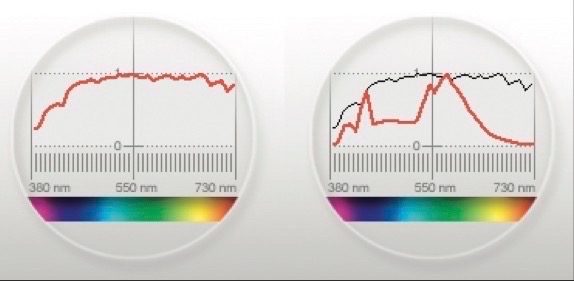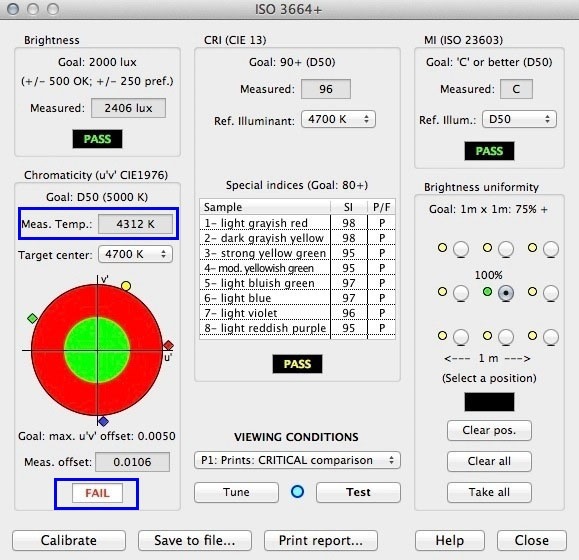Looking to invest in some new pro\am lighting kits so I'm curious on people's opinion regarding the differences between 5500k and 6500k softbox lighting.
It would mainly be used for interviews, YouTube vlogging and I do a fair bit of sports and glamour video/photography so it needs to capture healthy natural skin tones.
Would 5500k or 6500 lights be more appropriate?
If I ended up with buying 6500k lights would popping a red /orange fleet over the lights to help balance out the slightly bluer, cooler tint work?
It would mainly be used for interviews, YouTube vlogging and I do a fair bit of sports and glamour video/photography so it needs to capture healthy natural skin tones.
Would 5500k or 6500 lights be more appropriate?
If I ended up with buying 6500k lights would popping a red /orange fleet over the lights to help balance out the slightly bluer, cooler tint work?


